Smaller surgery centers stay busy but must keep costs down, here are ways to save on expenses in order to invest in robotics or other new tech.
Monthly, if not daily, healthcare publications are pushing articles about the importance of embracing enabling technologies and changing the landscape of surgery for the better.
The idea of implementing high-performing robotics and AI tools sounds great in theory. But, how are smaller surgery centers supposed to stretch already thin budgets to purchase these large, and expensive systems?
But, here are a few small changes that your surgery center can make to set aside a budget to use toward the adoption of enabling technologies.

The Secret To Becoming More Efficient to Save Costs
Overall, electronic medical record software has a reputation for being clunky, hard to use, and overall difficult for back office staff. Because of this, often software gets a bad wrap in medical offices. However, using anti-EMR software such as PRO-MAPP can help surgery centers reduce costs while streamlining billing.
PRO-MAPP eliminates post-operative dictation when used during surgery, allowing the time from service to billing to decrease while cutting down on dictation fees. One surgeon found that utilizing PRO-MAPP saved $3,000 in monthly dictation fees and allowed their center to repurpose a staff member.
Read more about how Michael E Berend, MD successfully utilized PRO-MAPP in his facility.
Utilize Medical Billing to Reduce Spend on Medical Devices
Some device companies will manage the medical billing for surgery centers. Here is a process for medical billing:
- The surgery center can place an order for a device
- The company will ship the device
- As devices are used, the surgery center staff will fill out a billing sheet
- Then, the device company will work with insurance to cover the costs
This means the surgery center isn’t required to purchase devices in advance, instead, the 3rd party vendor works with insurance companies. Utilizing a medical billing service can also help reduce work for those in the office.
Why The Need to Embrace New Technology
Even with adding cost-saving measures, extra funds could be applied to many areas. So, why is it important to invest in something like robotics?
First, healthcare in general is facing a lot of struggles right now. Currently, a backlog of surgeries is battling with a shortage of healthcare workers. This unique combination of problems means that surgeries need to be faster, with fewer people, and safer as readmission rates are a major expense for centers.
Adopting a surgical robot can answer all three of these problems. Choosing the right robot for your surgery center can help surgeries be more accurate while taking the workload off of surgeons and staff.
There are several options when it comes to choosing the right robot.
Robots to Research
Here is a brief overview of some of the top surgical robots:
- Makoplasty from Stryker– Mako is a robotic arm that is used for joint replacement surgery. This bot uses haptic technology that guides a surgeon’s cut specifically for their anatomy. Smaller cuts typically mean better recovery.
- ROSA from Zimmer – Short for robot surgical assistant, ROSA assists with total knee surgeries. This robot helps surgeons find the precise knee implant fit, which can give patients a more natural feeling after their surgery.
- VELYS from DePuy – While a lesser-known surgical robot, VELYS performs “digital surgery.” Similar to ROSA, its main feature is to increase the accuracy of implants. However, it integrates with other software to streamline patient data collection.
- CORI Surgical System from Smith Nephew– The newest surgical robot in the orthopedic space, the CORI is a hand-held bot that provides fast smart mapping. CORI also integrates with other software to assist with patient data collection.
- Excelsius GPS from Globus– A robot navigational arm that also includes a navigational feature and helps with the placement of screws and the implant. This bot was designed for spinal surgeries to improve patient care.
